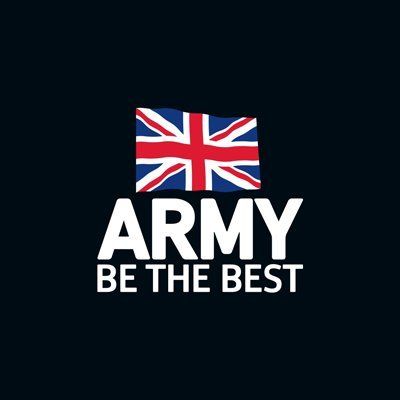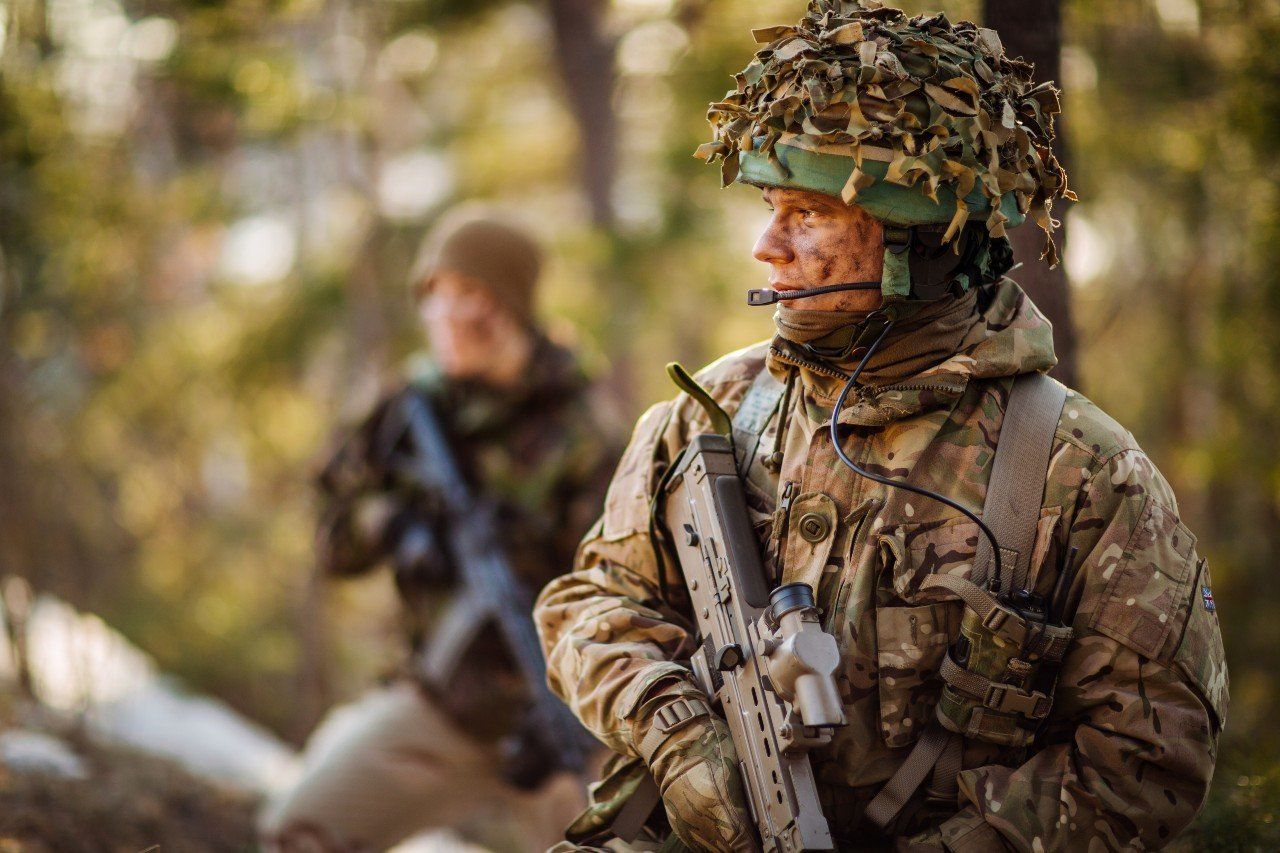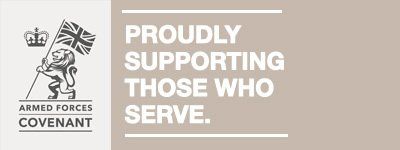To rapidly reconfigure the existing operating model to enable the Army to operate under the new
Levene model, which provided an opportunity for the Army to take greater control of their finances and decision-making.
To enable the Army to develop and implement an Operating Model that was Levene compliant.
Our overall approach to this change and transformation work was one of context, research and regular and broad stakeholder engagement. This enabled us to fully understand both the client and their challenges for operating within the new Defence Operating Model.
However, at a more detailed level, we also adopted elements of different change and transformation methodologies, with our general approach being closest to Nudge theory. Finally, to ensure that change was successfully achieved, we were mindful of Kotter’s 8-step process for leading change. This highlights the importance of bringing people on the change journey, removing barriers to change and most importantly, embedding change across the organisation.
We utilised the experience and knowledge we had gained from working on the development of the new overarching Levene model to deliver an end-to-end solution which ensured that the new model was not only defined, but that the organisation was also structured and trained to fully adopt the new model:
Define
Structure
Embed
This change and transformation work changed both the configuration and culture of Army HQ to operate effectively in the Levene delegated model. The Army Operating Model is still in use today and knowledge of the model is often regarded as a pre-requisite to working with the Army.
Johnny Norris, Warner McCall co-founder, " had a clear vision of how the challenges and opportunities required by the Levene model could be addressed and achieved, and with his pragmatic approach was able to lead a large team to deliver a fit for purpose solution."





